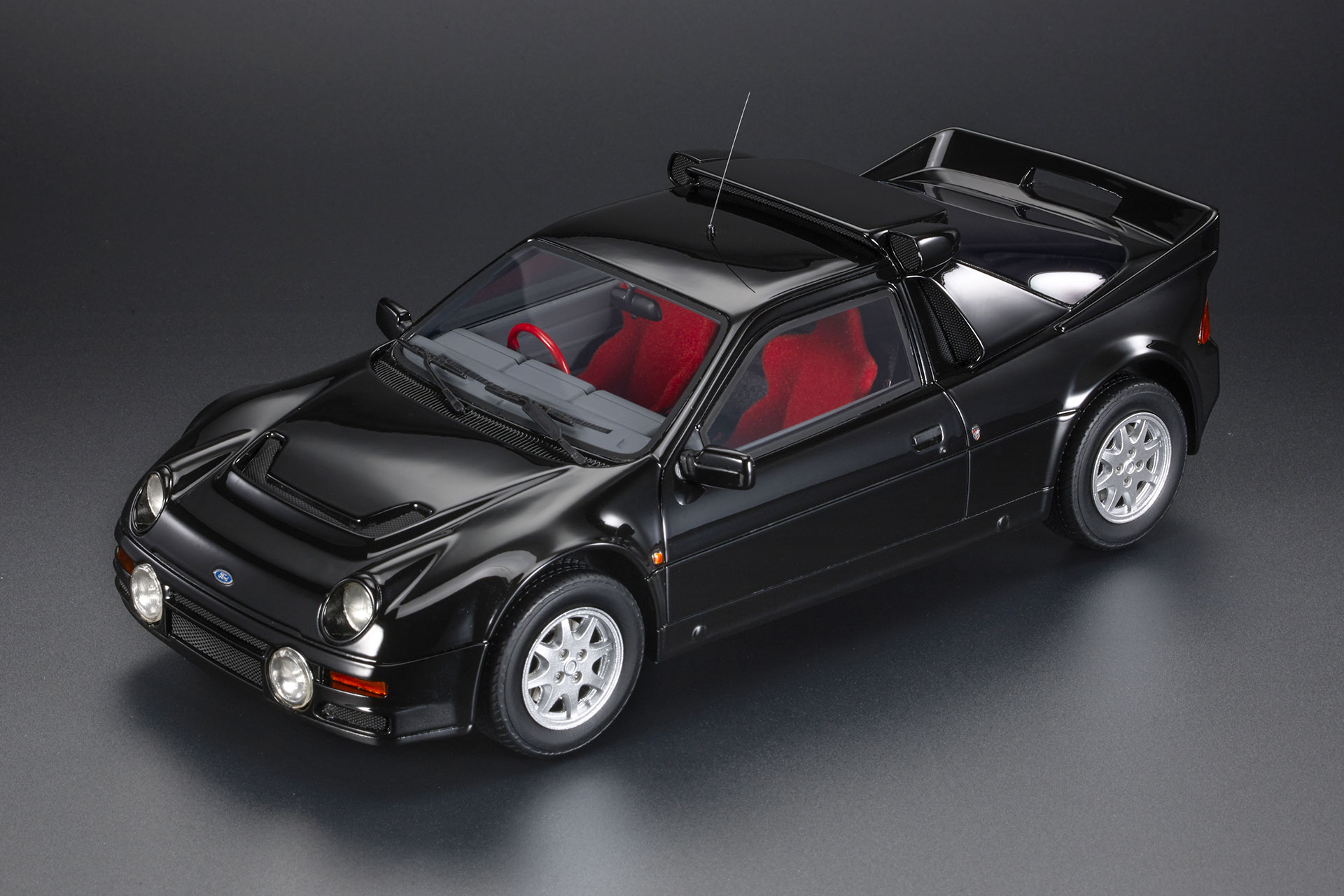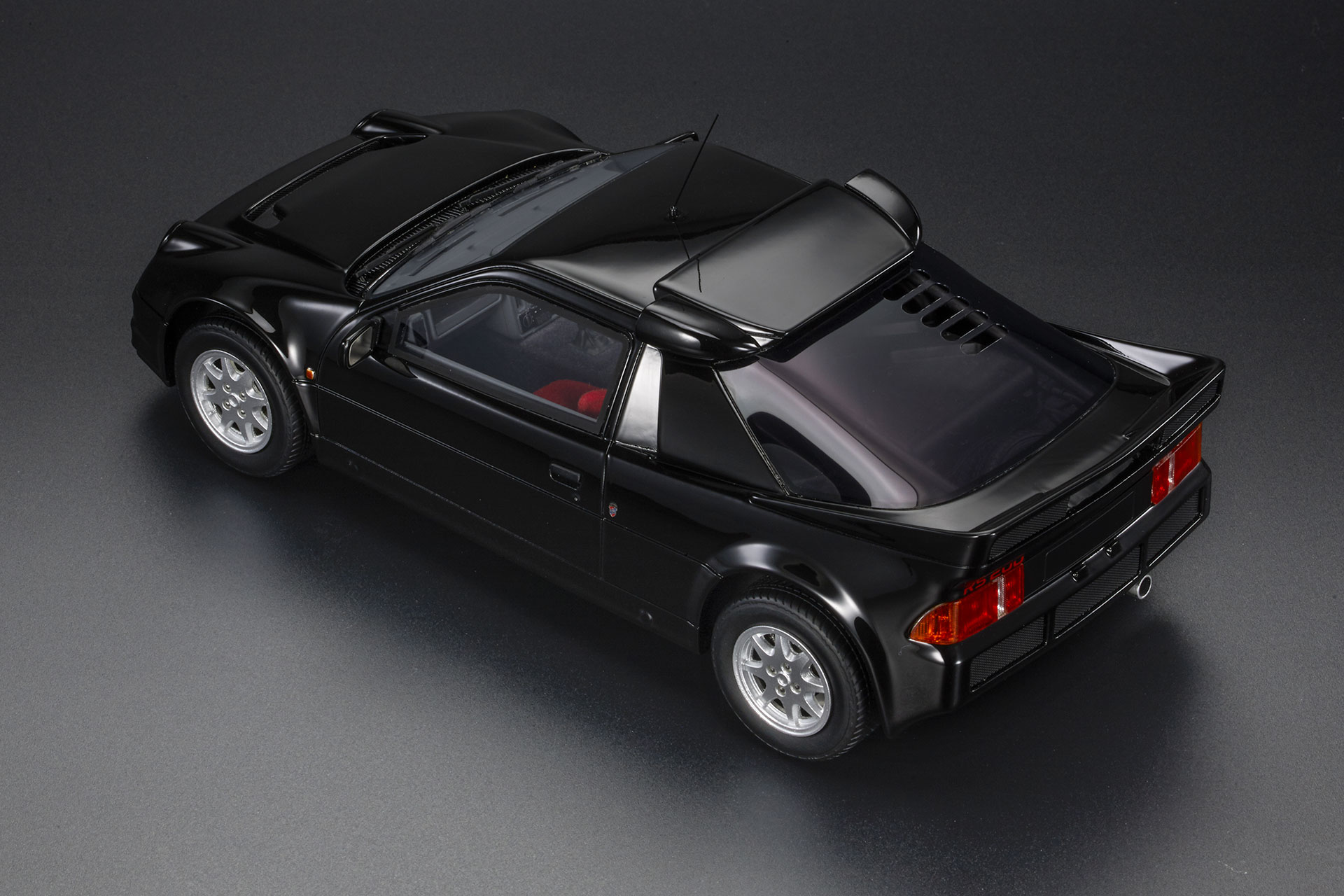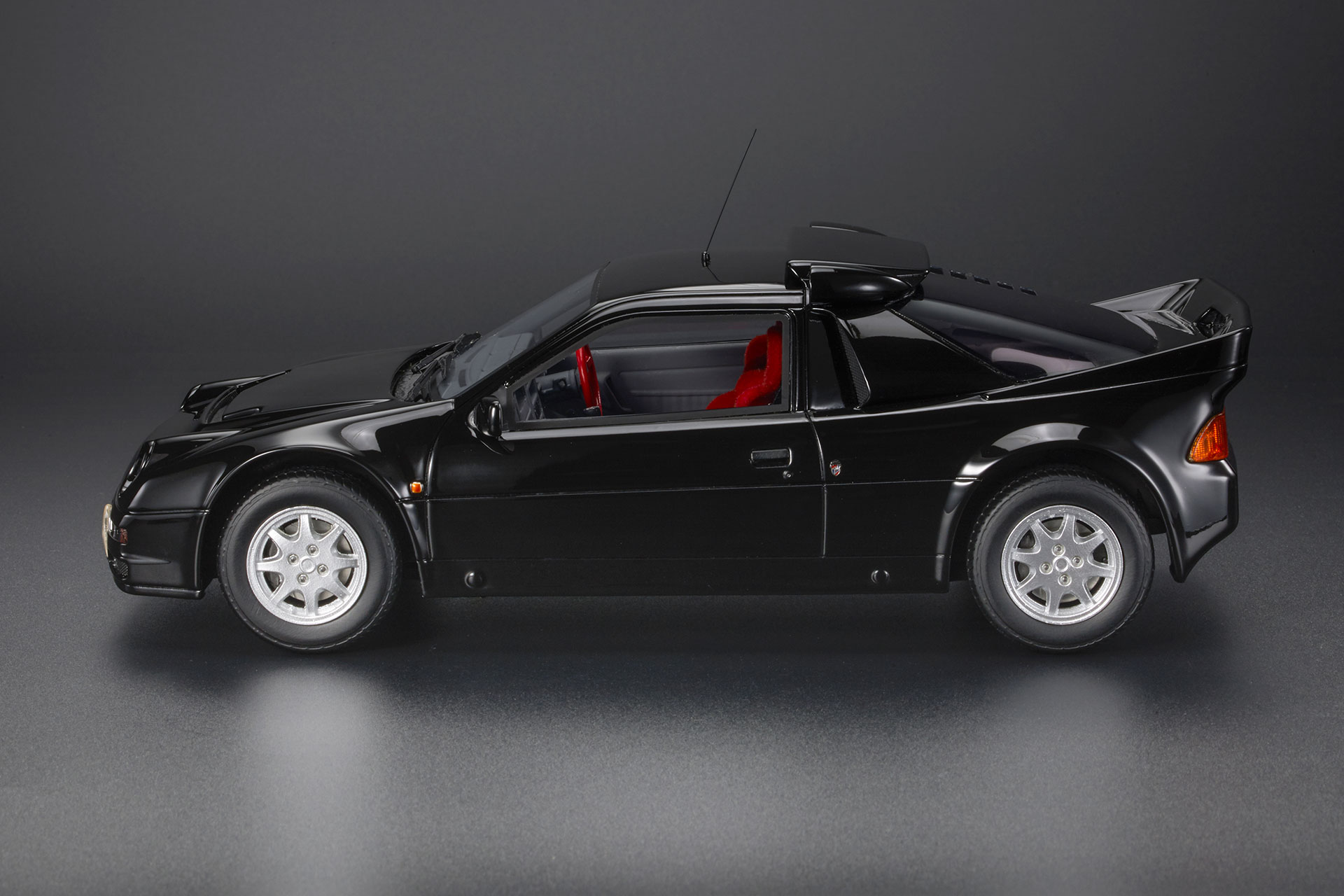The Ford RS200 is one of the most iconic vehicles in Group B rally history, designed to face the challenges of high-performance rallying.
After the introduction of the new Ford Escort in 1981, Ford Motorsport decided to develop a rear-wheel-drive, turbocharged car to compete in Group B, leading to the creation of the Ford Escort RS 1700T. However, due to development issues, the project was abandoned in 1983, leaving Ford without a competitive car for Group B. Determined not to miss out on rally participation, Ford resumed the project, creating a new vehicle with all-wheel drive and a mid-mounted engine, capable of competing with models like the Peugeot 205 T16 and Audi Quattro. The RS200’s bodywork, made of plastic and fiberglass, was designed by Ghia and produced by Reliant. The chassis, developed by Tony Southgate, was inspired by Formula 1, and the suspension system with double shock absorbers per wheel ensured excellent maneuverability and grip.
The engine was a 1.8-liter Cosworth turbo, producing 258 hp in road versions and between 350 to 460 hp in competition versions. Despite its excellent handling, the car suffered from significant turbo lag at low revs and had a lower power-to-weight ratio compared to its competitors. The best result in the WRC was a third-place finish at the 1986 Swedish Rally, but the RS200 also became infamous for its involvement in tragic accidents, which ultimately led to its exit from Group B. In the 1986 Portugal Rally, the RS200 driven by Joaquim Santos went off the track, resulting in the deaths of three spectators. A few months later, another tragic incident occurred at the Rally of Hessen in Germany, where Marc Surer lost control of the car and crashed into a tree, which split the RS200 in two. His co-driver, Michel Wyder, died in the fire that followed. These incidents led to the discontinuation of Group B at the end of the 1986 season. In 1987, Ford planned to upgrade the RS200 with a more powerful version of the Cosworth BDT-E engine, displacing 2137 cc, capable of producing between 557 and 826 hp. However, with the end of Group B, the RS200 E2 transitioned to rallycross, where it competed successfully. Norwegian driver Martin Schanche won the rallycross championship in 1991 with a 652-hp RS200 E2. In 1998, the RS200 was also used by Swedish driver Stig Blomqvist in the Pikes Peak International Hillclimb, finishing 4th with an 850-hp version of the car.
TOP122A
NAME: FORD RS200 Evolution
VERSIONS: Diamond white
BRAND: Ford
YEAR: 1984
SCALE: 1:18
CATEGORY: Street car
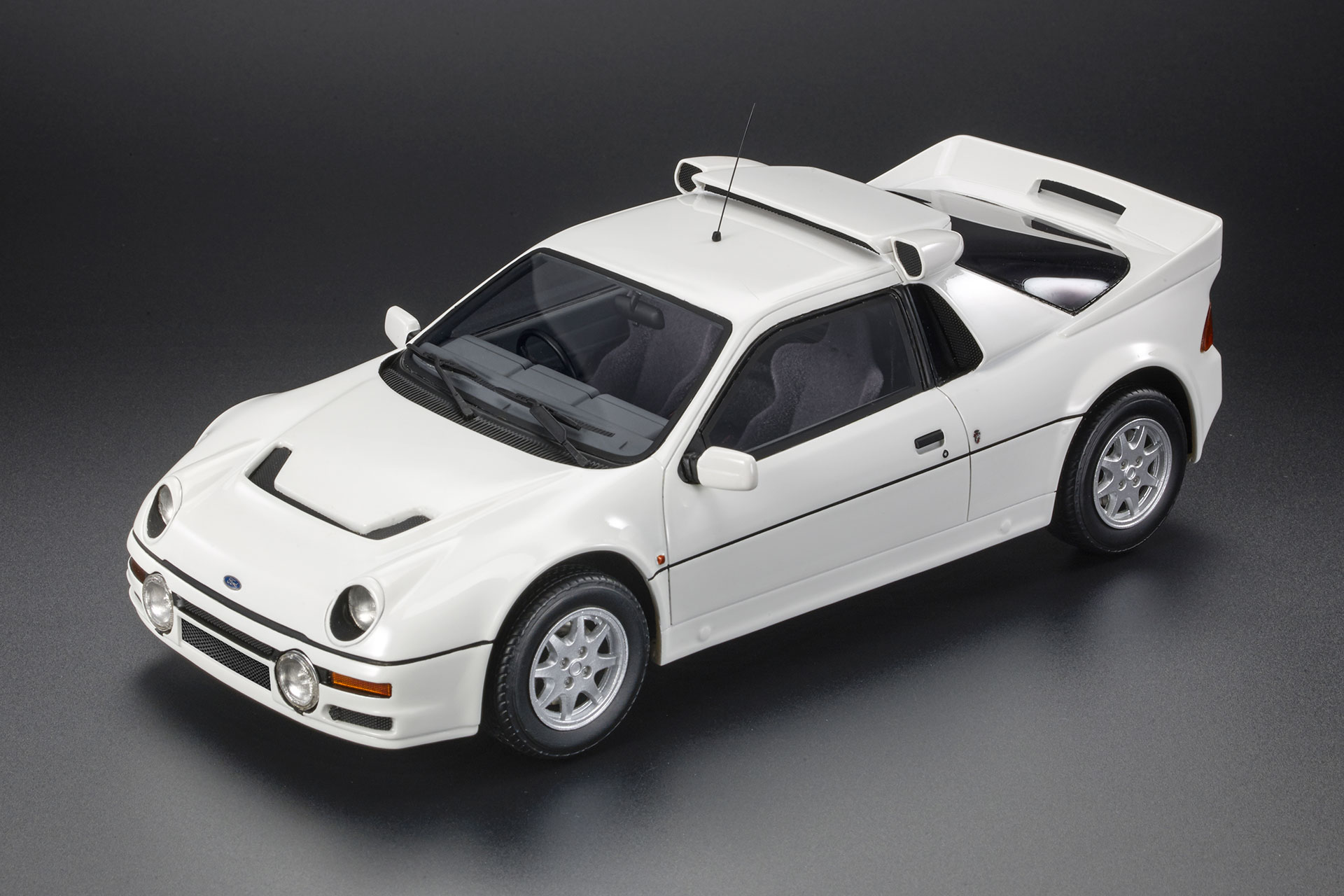
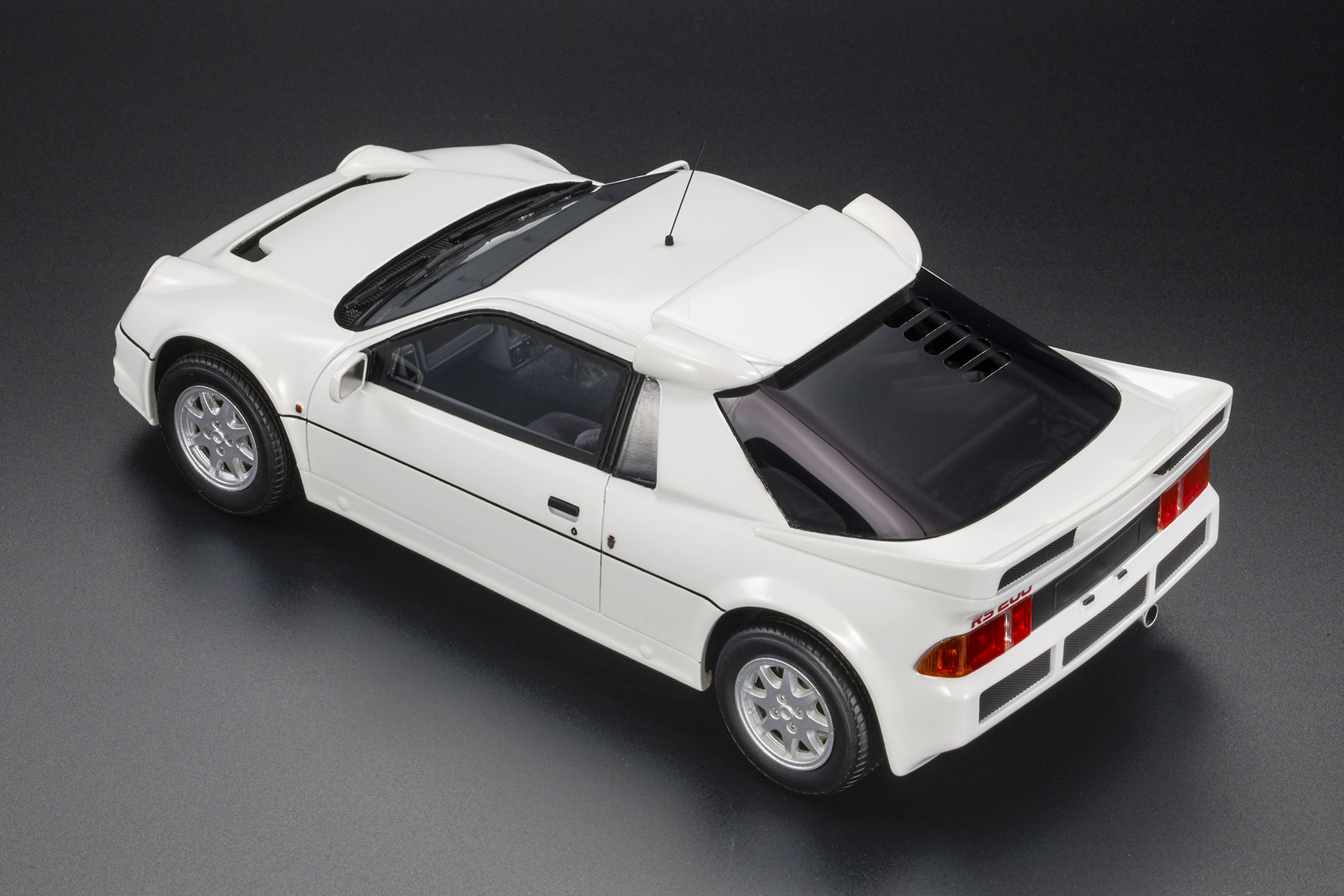
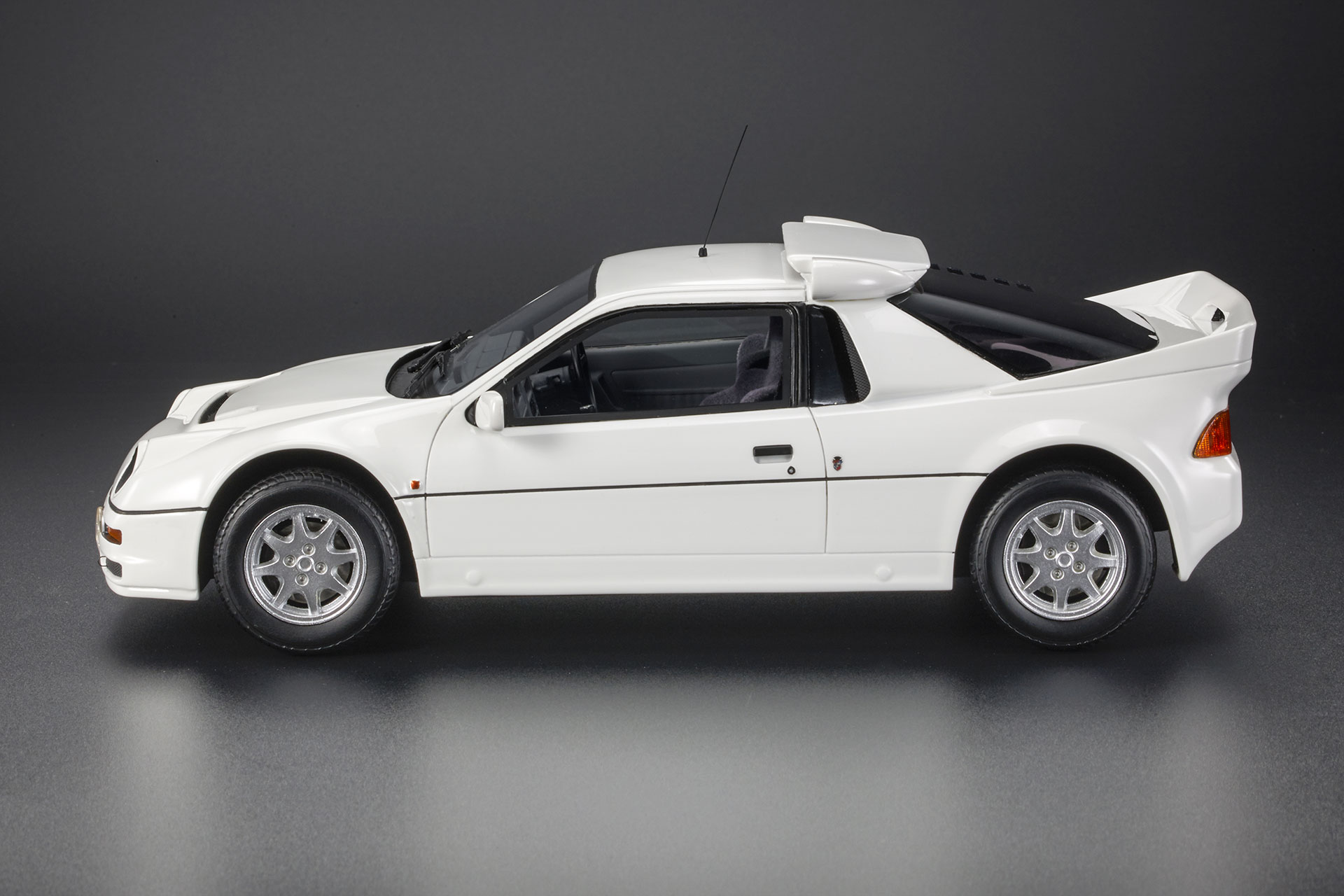
TOP122B
NAME: FORD RS200 Evolution
VERSIONS: Red
BRAND: Ford
YEAR: 1984
SCALE: 1:18
CATEGORY: Street car
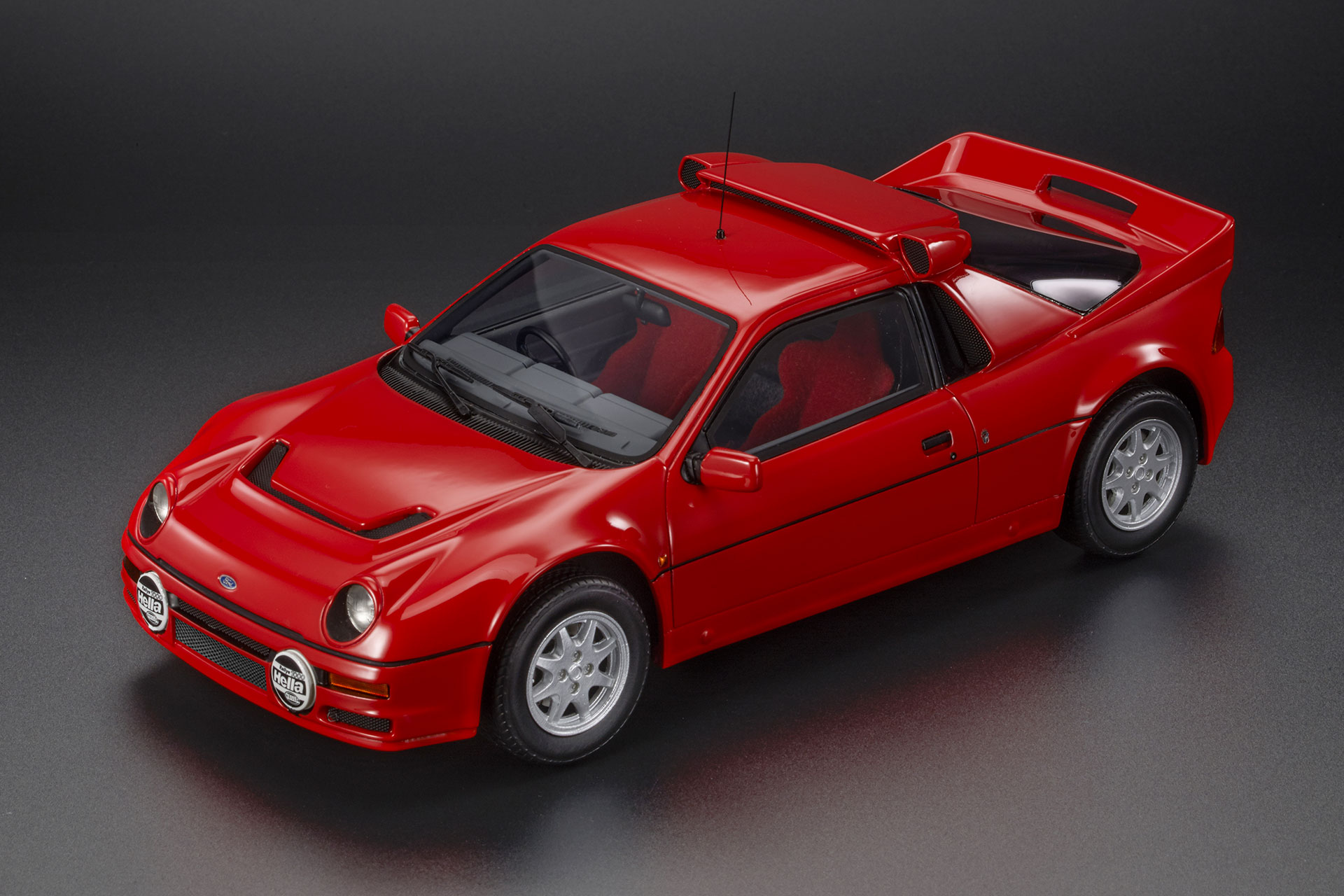
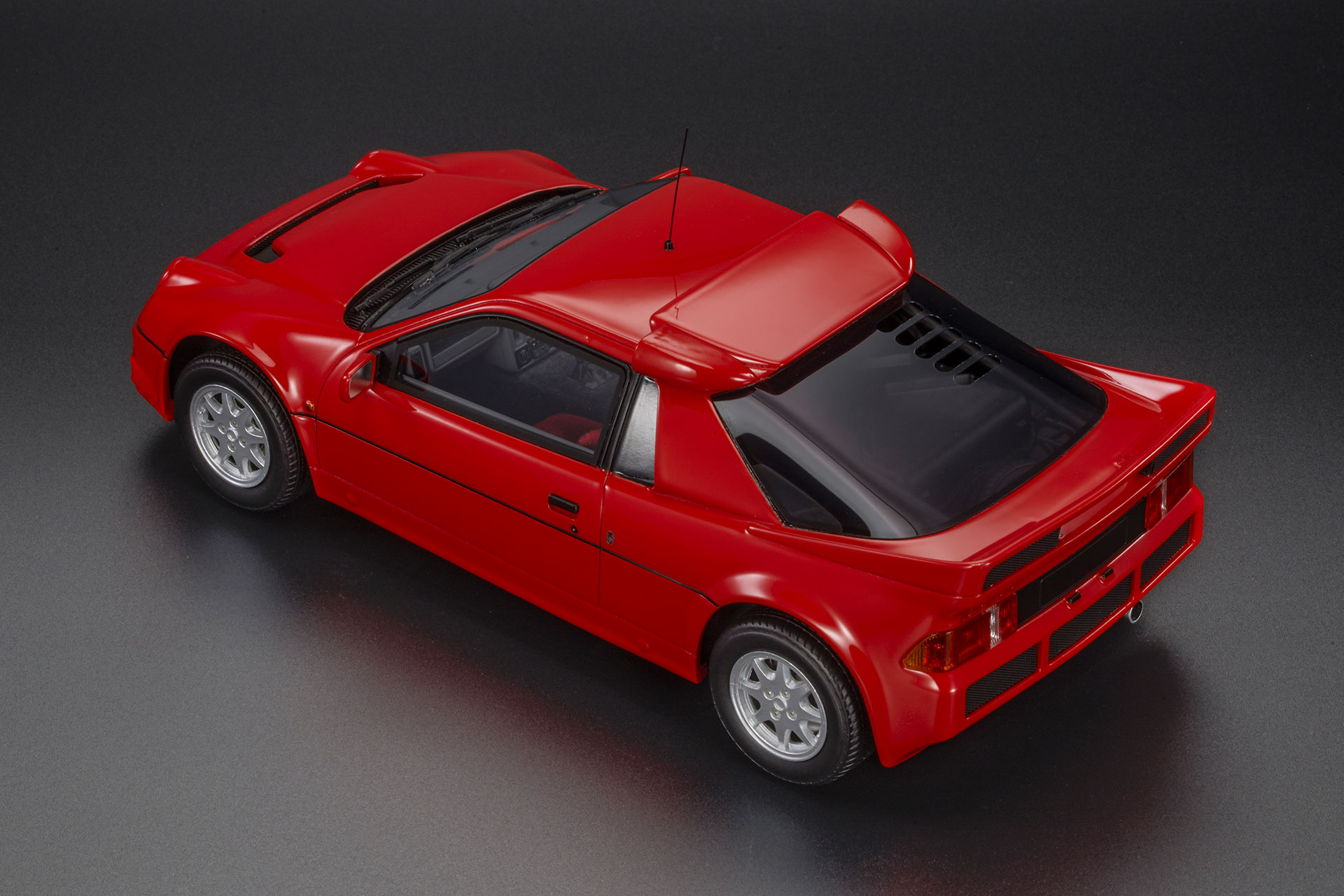
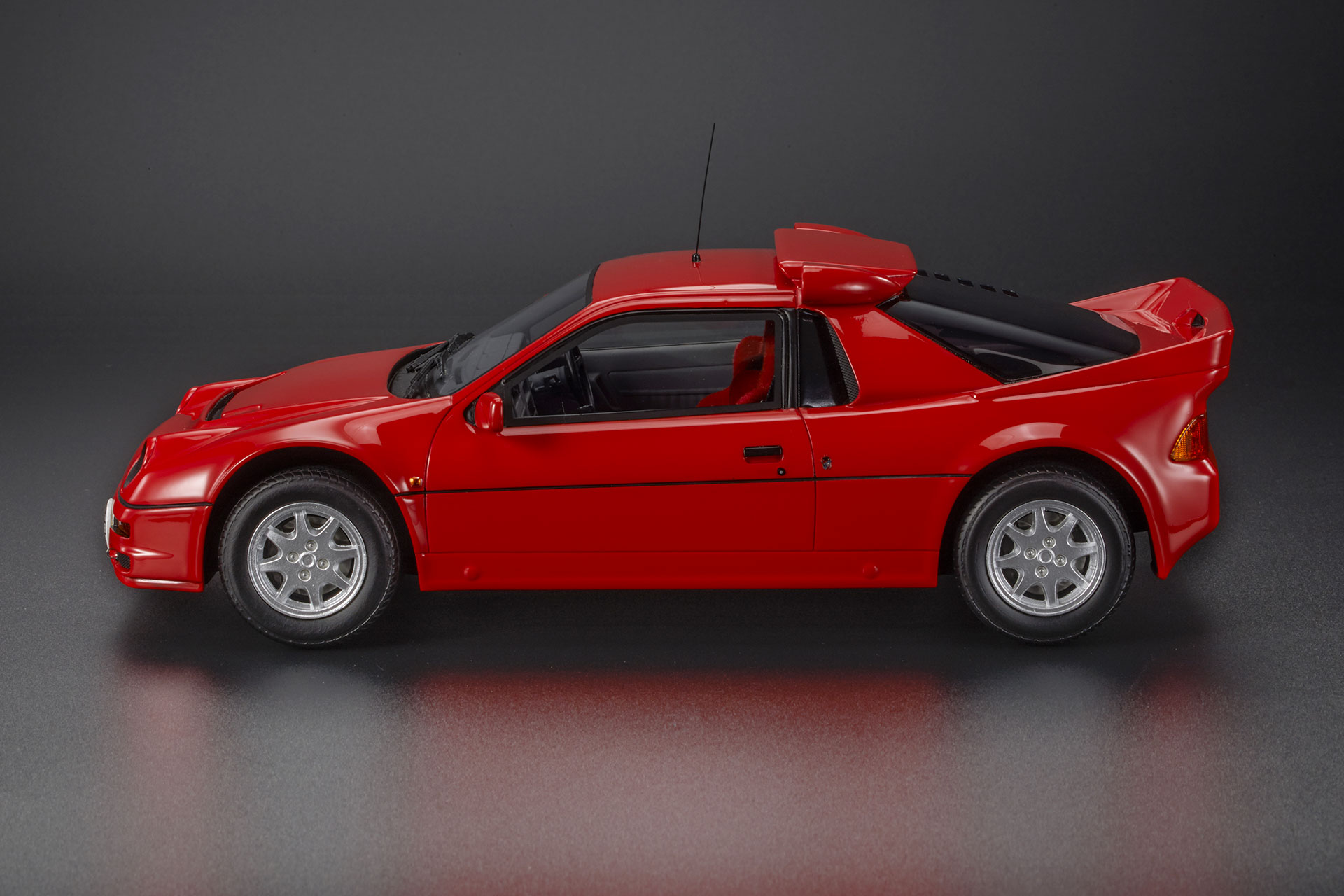
TOP122C
NAME: FORD RS200 Evolution
VERSIONS: Blue
BRAND: Ford
YEAR: 1984
SCALE: 1:18
CATEGORY: Street car
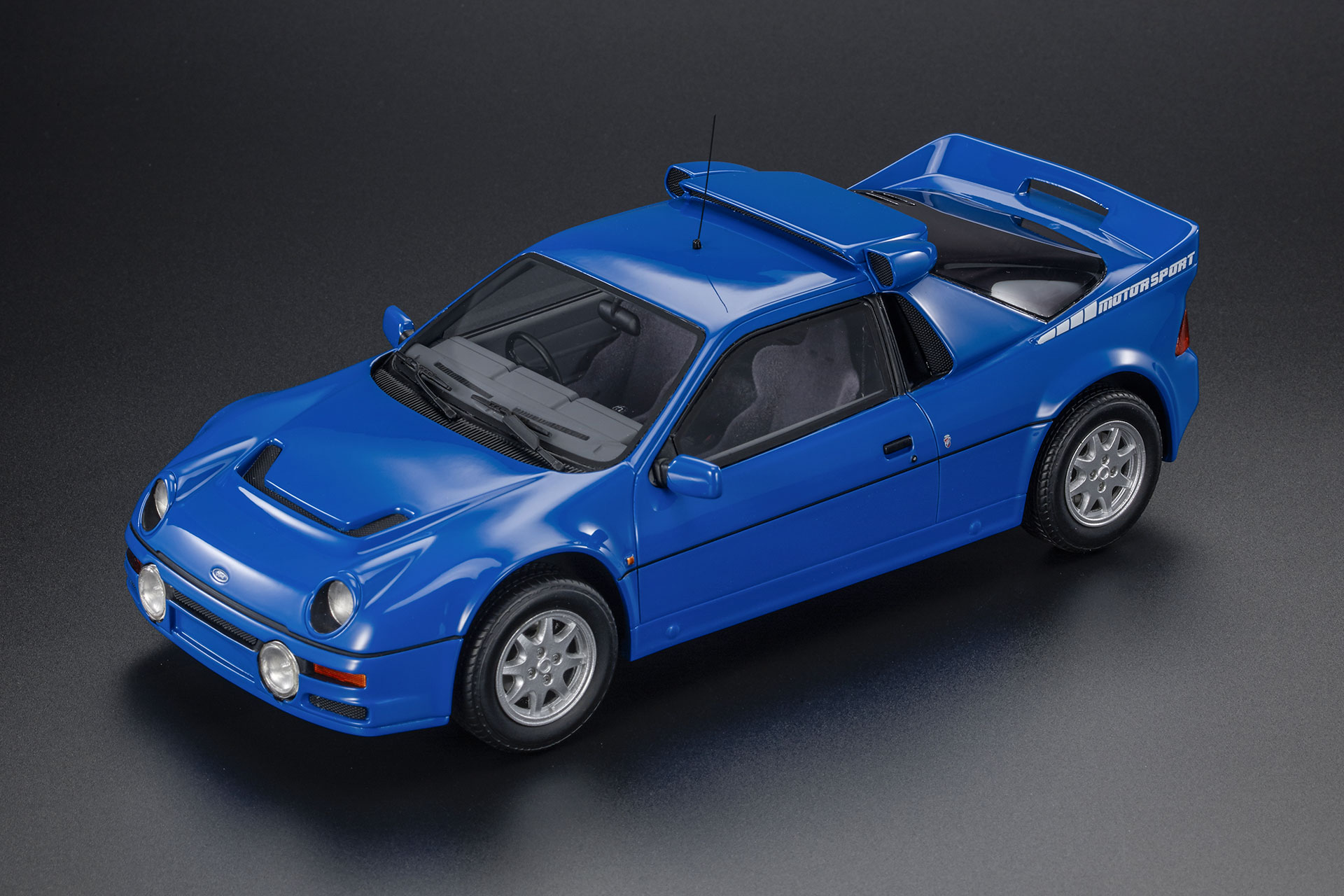
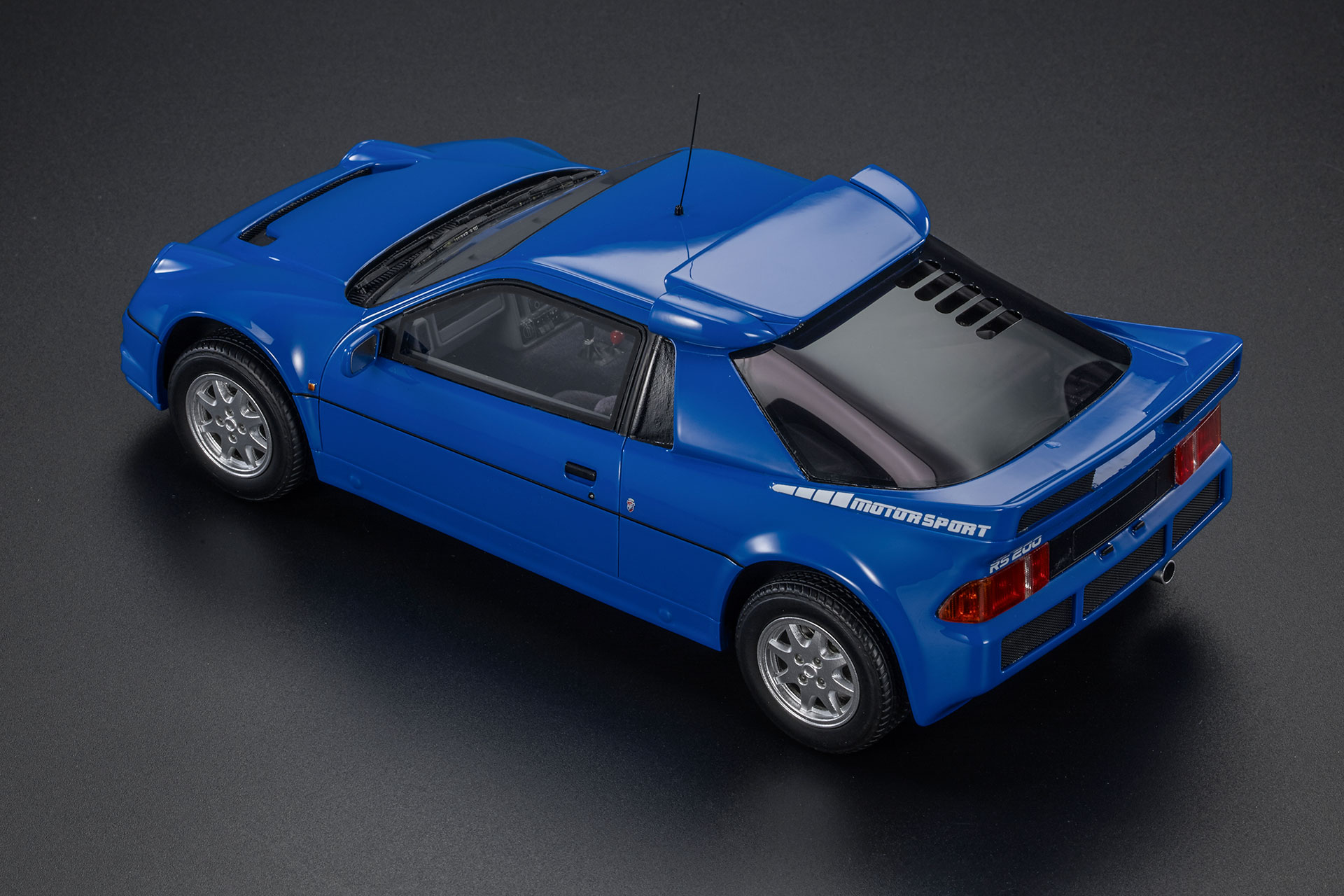
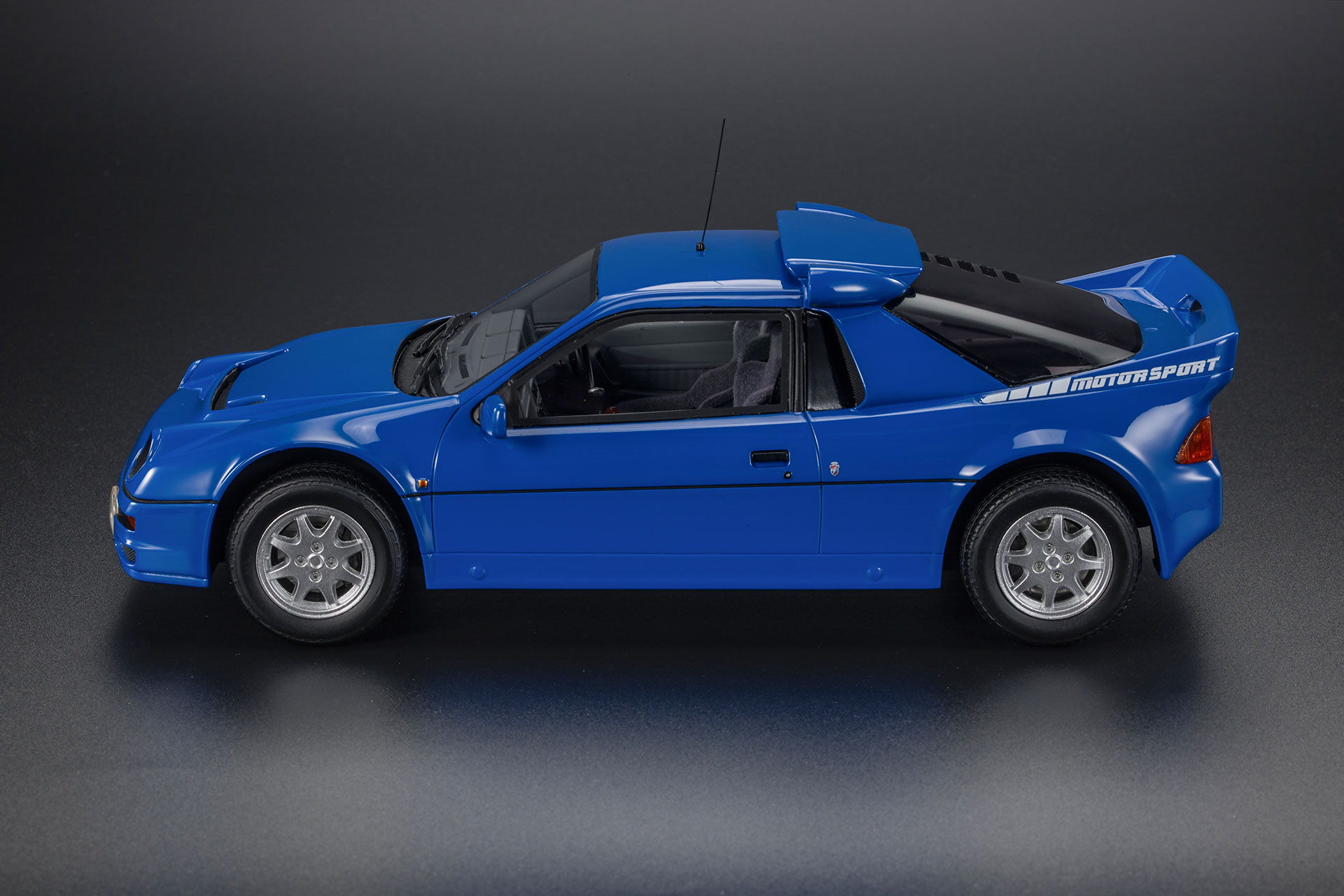
TOP122D
NAME: FORD RS200 Evolution
VERSIONS: Black
BRAND: Ford
YEAR: 1984
SCALE: 1:18
CATEGORY: Street car
